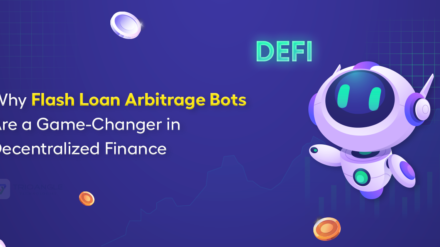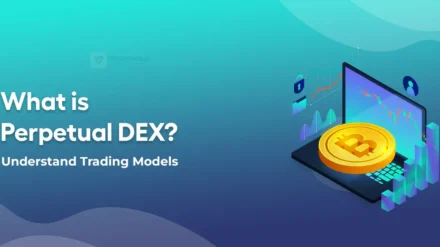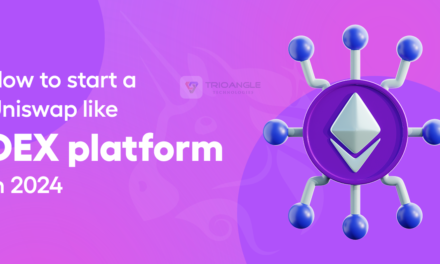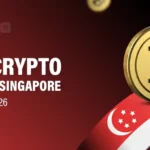So, you’re looking for the perfect answer to “what is ZK Rollups in DEX?” Let me simplify this concept with an easy-to-understand example.
Imagine this: You launch a brand new DEX platform. Traffic picks up, trading activity increases, and everything is going great. However, as more users join, the network begins to slow down, and gas fees start to rise, much like the price of a first-class plane ticket. Frustrating scenario, right? So, how can you fix this? This is where a ZK Rollup steps in.
They’re the tech that works in the background to keep your platform running effortlessly. ZK Rollups take some of the load off Ethereum’s shoulders. So your users can trade faster with more stable gas fees.
If you’re planning to build a DEX project, then remember one thing. Today, crypto users are becoming more mature and highly aware of every aspect of crypto trading. They are looking for a scalable platform rather than a protocol that comes with attractive token swapping layouts. Here, ZK rollups play a major role in making platform transactions more effective and smoother.
With this blog, you can understand “what is ZK Rollups in decentralized exchange?”, its fundamentals, and why it’s essential for new DeFi projects and more.
So, let’s get started.
Before understanding “what is ZK Rollups in DEX,” let’s find out…
Why New DeFi Projects Must Prioritize Scalability?
These days, over half of the people are familiar with DeFi. And, now, this space is filled with more experienced crypto traders than newbies. In this case, traders first look at how fast and how efficiently your platform performs before exploring its features. Especially if you have the plan to build your DeFi project on Ethereum or any popular Layer 1 solutions, then scalability problems are likely to come up when your platform is live.
For most new decentralized exchange platforms, gaining a user base will be the main goal. If your DeFi platform struggles with these issues in the starting stages, then most users will step away from your protocol.
Here’s how platforms built solely on Layer 1 struggle
- Gas fees climb as the network becomes busier.
- Trades take a longer time to confirm during high traffic.
- Heavy network usage can slow down or disrupt trading.
- The platform handles fewer transactions during busy times.
Here, ZK Rollups in DEX help to overcome these challenges for new DeFi platforms. So,..
What is ZK Rollups in DEX?
ZK Rollups are short for Zero-Knowledge Rollups. They are specifically designed to help Layer 1 blockchain networks such as Ethereum and others. ZK Rollups run as an independent layer above the Ethereum blockchain. Simply put, ZK Rollups belong to the category of Layer 2 scaling solutions.
Related Article: What is Layer 2 Solutions in DEX and Its Advantages
To understand the core idea behind the ZK rollups, let’s explore how Ethereum and Layer 1 solutions work.
When a user trades on a DEX platform, the details like wallet address, token amount, price, and timestamp are submitted as separate transactions in the blockchain. This mechanism makes Ethereum secure and more transparent. However, it also makes the network expensive and slow when many people use the network at once.
Here, the ZK rollups in DEX simplify the process by batching transactions off-chain (on a separate network layer) and submitting a cryptographic proof back to the Ethereum mainnet.
To understand this concept more easily, let’s take a look at…
How ZK Rollups In DEX Work?
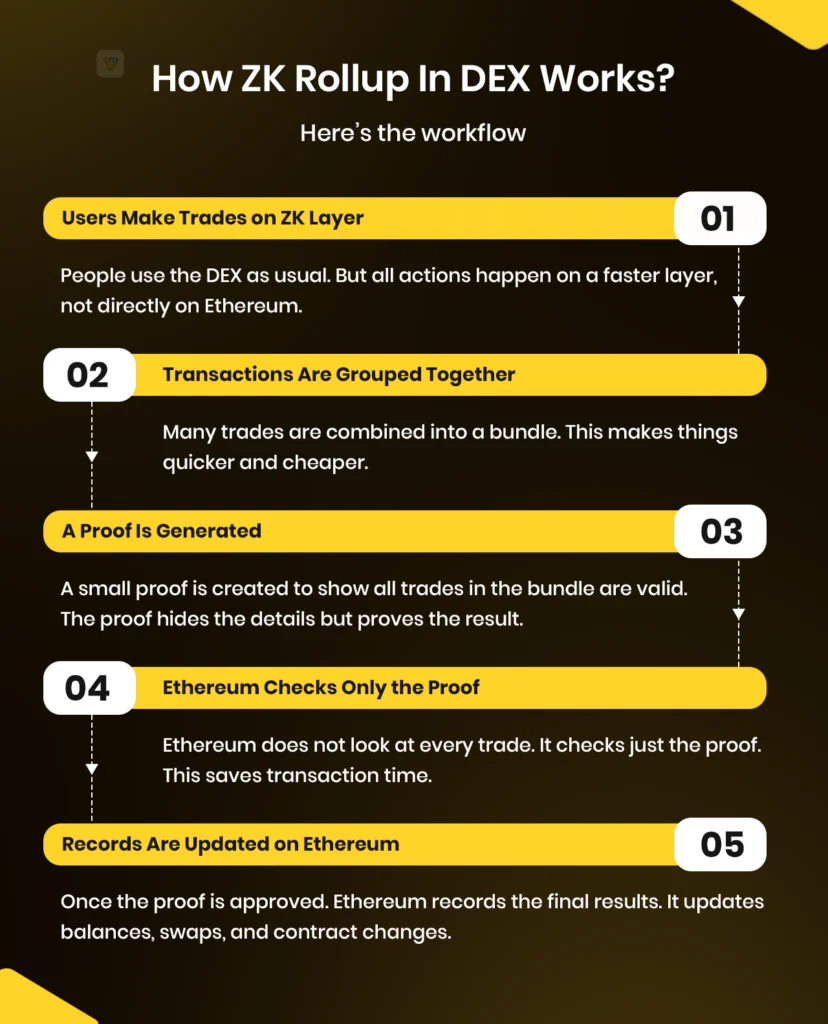
Here’s a detailed breakdown of how ZK Rollups functions.
#1 Users Interact With a DEX on the ZK Rollups Layer
All trading, swapping, and other key functions happen off-chain on the ZK Rollups layer. These actions do not immediately interact with the Ethereum Mainnet.
#2 Transactions are Bundled Together
Instead of processing transactions individually on Ethereum (Layer 1), ZK Rollups group thousands of transactions into a single batch.
#3 A Mathematical Proof is Generated
For each batch, a special mathematical proof called a “zero-knowledge” proof is created. This proof confirms that all transactions in the batch are completely valid, without noticing their details.
#4 Ethereum Just Verifies The Proof
Now, the Ethereum Mainnet doesn’t check every transaction individually. It only verifies the zero-knowledge proofs, which are small and faster to process.
#5 On-Chain State is Updated
Once the proof is verified, Ethereum updates its ledger (state) to reflect the new balances, swaps, or contract interactions.
This approach helps the decentralized exchange platform to process secure transactions without compromising its performance.
Now, you have understood what is ZK Rollups in DEX and their working mechanism. So, let’s see…
How ZK Rollups in DEX Benefit New DeFi Projects
Here’s how implementing ZK (Zero Knowledge) Rollups in your DeFi projects benefits you:
1. Lower Gas Fees
ZK rollups minimize the load of on-chain transactions, so your users don’t need to pay high gas fees for smaller transactions.
For platform owners:
- This approach makes your DEX platform more attractive for both newbie and experienced traders.
- It will help new users trade on your platform confidently without overthinking the gas fees.
- It lets users make small trades without spending a huge amount on gas fees.
2. Faster Transaction Finality
Unlike Layer 1, where finality takes on several blocks, ZK Rollups offer faster confirmations at the Layer 2 level.
Why is it important?
- It gives a better trading experience for users, especially when they trade fast-paced tokens.
- It helps your DEX platform work better with the advanced features like derivatives, limit orders, and real-time price execution.
- Gives a satisfying trading experience for your DEX platform users.
3. Platforms Can Handle Work Easily
The ZK rollups help your platform handle thousands of transactions per second without downtime.
This allows your platform to:
- Handle sudden traffic spikes more easily.
- Support liquidity mining or farming events without lags.
- Avoid facing downtime during new token launches.
4. High-Level Security
Even though the transactions happen off-chain, the final proofs are verified by Ethereum. This means your platform can achieve faster transactions without compromising its security.
Here’s how it benefits your DeFi platform.
- Your platform can avoid the risk of getting hacked from centralized bridge logic.
- This level of security will easily gain users’ trust, so your platform will attract more users at the initial stages.
So, now, it’s time to explore…
Real-World Projects That Are Already Working With ZK Rollups
From early hype to the practical question “What is ZK Rollups in DEX?”, these technologies have moved beyond theory. The ZK Rollup protocols are already live on popular platforms and help in processing effective transactions.
Below are some of them:
#1 zKSync
It’s a popular Layer 2 network that powers many DeFi projects like decentralized exchanges (DEXs), NFT platforms, lending & borrowing protocols, and more.
- This protocol is processing more than 108,000 daily transactions.
- As per the July 2025 reports, this network holds more than $492 million.
#2 Starknet
This protocol enables dApps like trading platforms and Automated Market Makers (AMMs) to operate more effectively.
- This network has reached “stage 1” decentralization (which means partially decentralized with multiple validators or sequencers).
- The July 2025 records show that Starknet has held approximately $629 million TVL.
#3 Polygon zKEVM
The platform supports ZK rollups and is entirely compatible with Ethereum. This approach helps platform founders to migrate their existing applications more easily.
- This network is a part of Polygon’s ecosystem, and it holds more than $312 million (as of July 2025).
- This protocol contributes to Polygon’s total ecosystem TVL of more than $4.12 billion.
#4 Immutable X
This ZK Rollup-based platform is primarily focused on the NFT and gaming sectors.
- This protocol supports more than 500 gaming titles.
- As per the July 2025 records, this network has achieved around $934 million.
Related Article: Top 8 DeFi Business Ideas
Great! Now you have gained more insights from “What is ZK Rollups in DEX” to its live projects. Now, it’s time to wrap up our blog.
Wrapping Up
So, if you’re looking to build a new product or DEX platform in the DeFi space, then implementing ZK Rollups in your protocol is essential. This innovation helps you to offer a gas-efficient, safer, and faster DEX platform to your users.
Although ZK rollups are growing fast, they are still in the early adoption phase. That means if you act now, you can become a leader in this space rather than a follower.
So, if you have the idea of creating your own DEX solution, then you can hire an experienced decentralized exchange development company like Trioangle. With our expertise and years of industry knowledge, we have a skilled team in building a unique DEX platform by implementing Layer 2 solutions and advanced features.
Never miss a DeFi update! SUBSCRIBE to our blog to get fresh insights, project breakdowns, and expert commentary right in your inbox.
Share it on Twitter, LinkedIn, or with a friend who’s into DeFi, so they can stay updated too.


